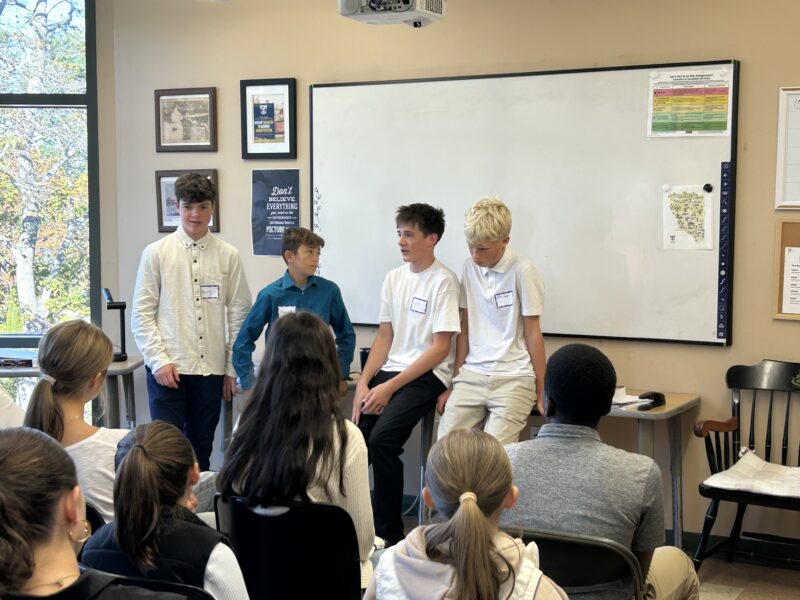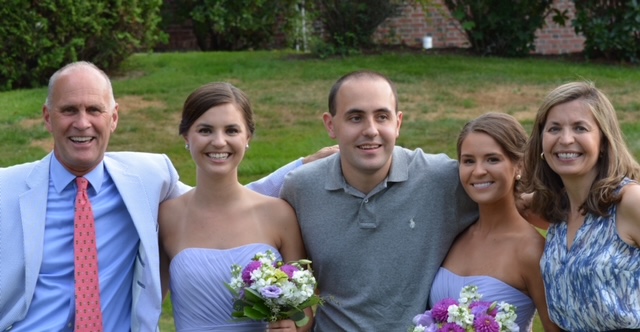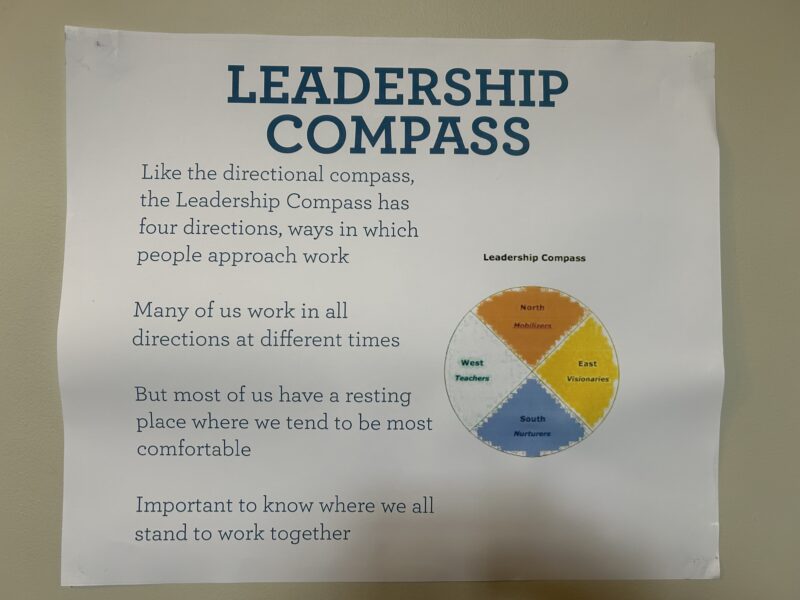Don MacMillan continues his analysis of how Hyde fits with traditional vs. therapeutic schools by turning his focus to how various school types perceive and act relative to stress and structure.
Stress & “Structure”
Therapeutic Boarding Schools- “Turn the volume down”; attempt to decrease stress through therapeutic interventions (individual, group and/or milieu therapy) and structured environment. Structure means students are supervised by adults continually; multiple staffs (educational, residential, awake night, therapeutic) are employed to provide this supervision. The staff typically includes a high percentage of trained counselors and/or therapists.
Traditional Boarding Schools- “Turn the volume up”; stress might actually be increased as a function of increased expectations for academic performance and/or social pressure. Structure provided by an active schedule, with the assumption that students will be responsible for following the schedule. Students are not supervised continually by adults. One staff group (teaching faculty) is employed to provide supervision. The faculty typically has a liberal arts orientation.
Hyde School- “Tune in to a different station”; stress might actually be increased as a function of the multi-faceted emphasis on academics, self-reflection, leadership, family growth, etc. Structure is provided by an active schedule, with the assumption that students will be responsible for following the schedule. One staff group (teaching faculty) is employed to provide supervision. Like the traditional schools, the faculty has a liberal arts orientation.
Onward, Malcolm Gauld


